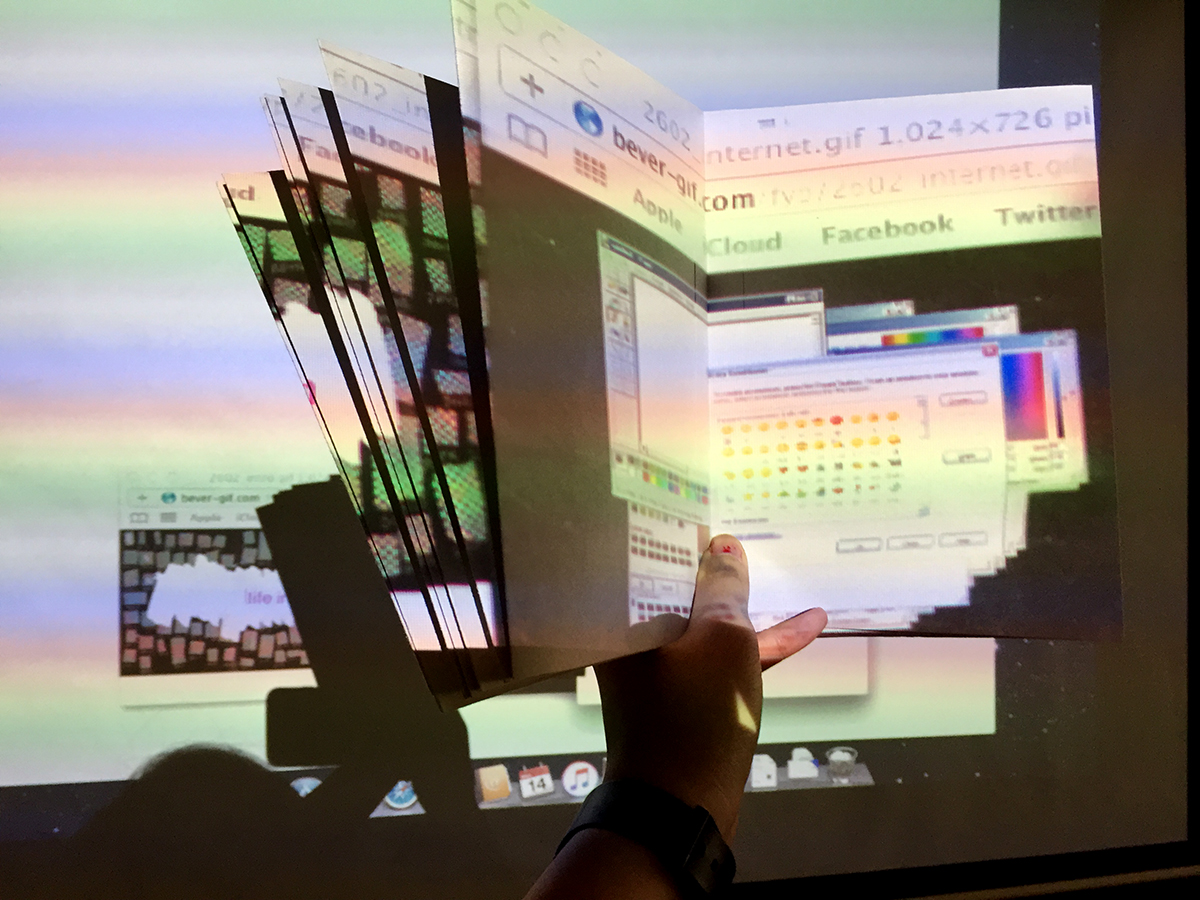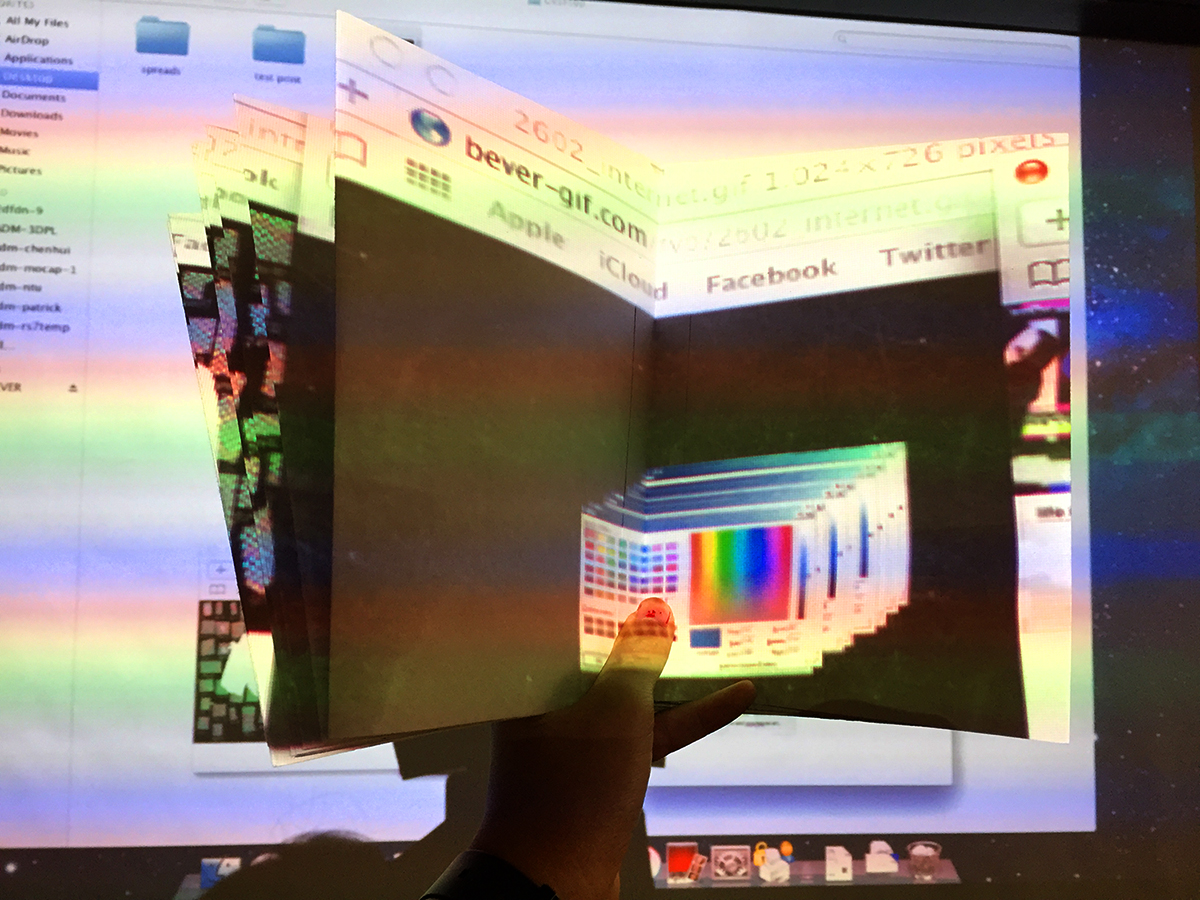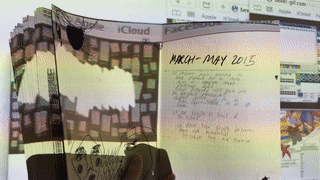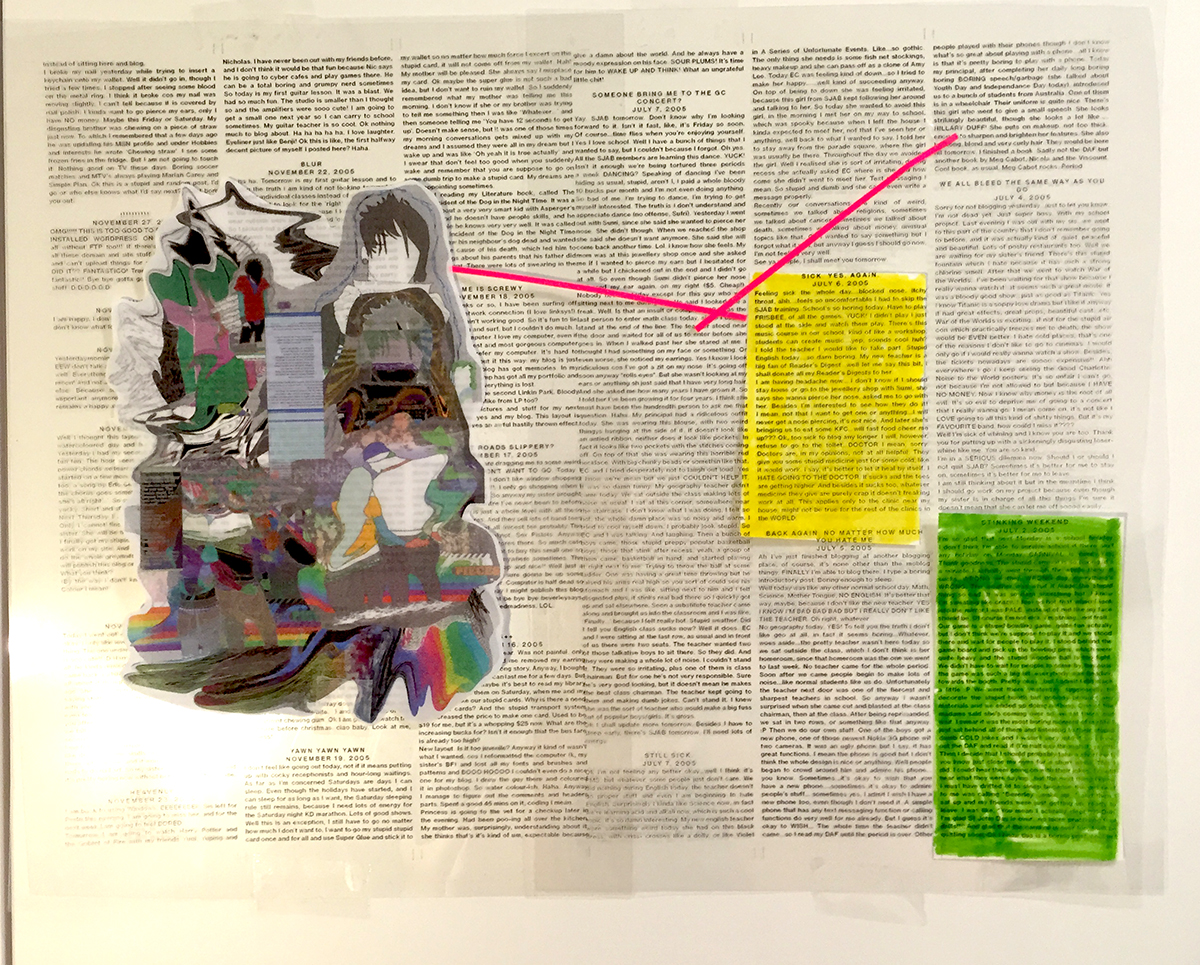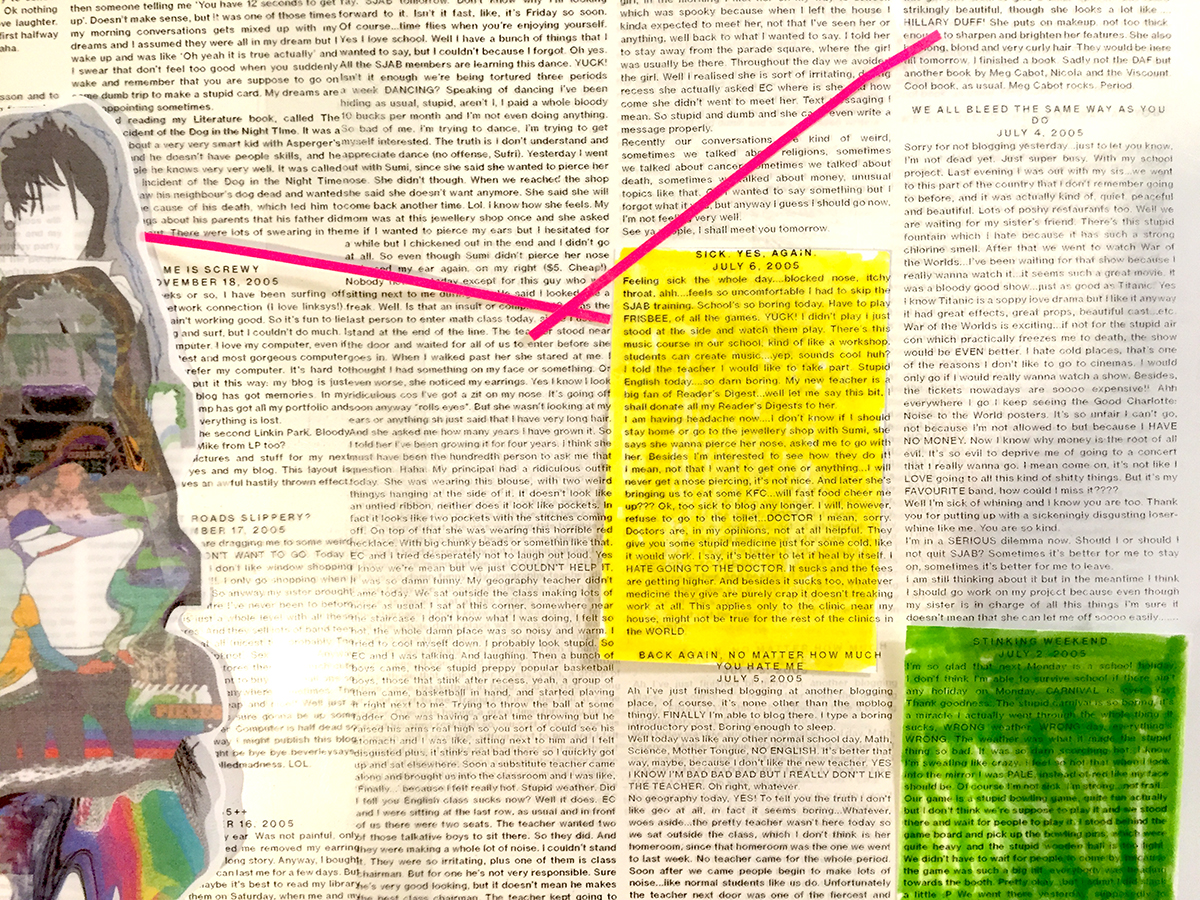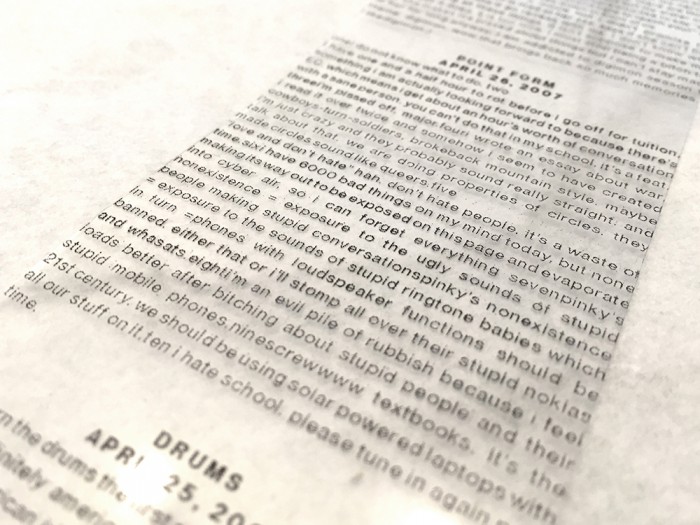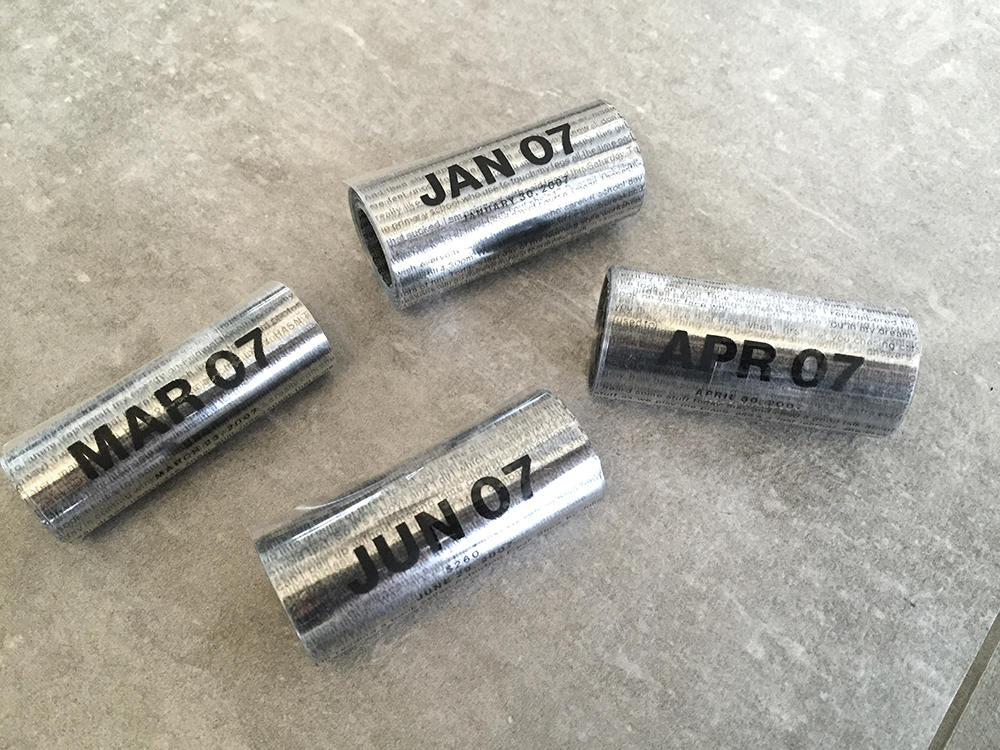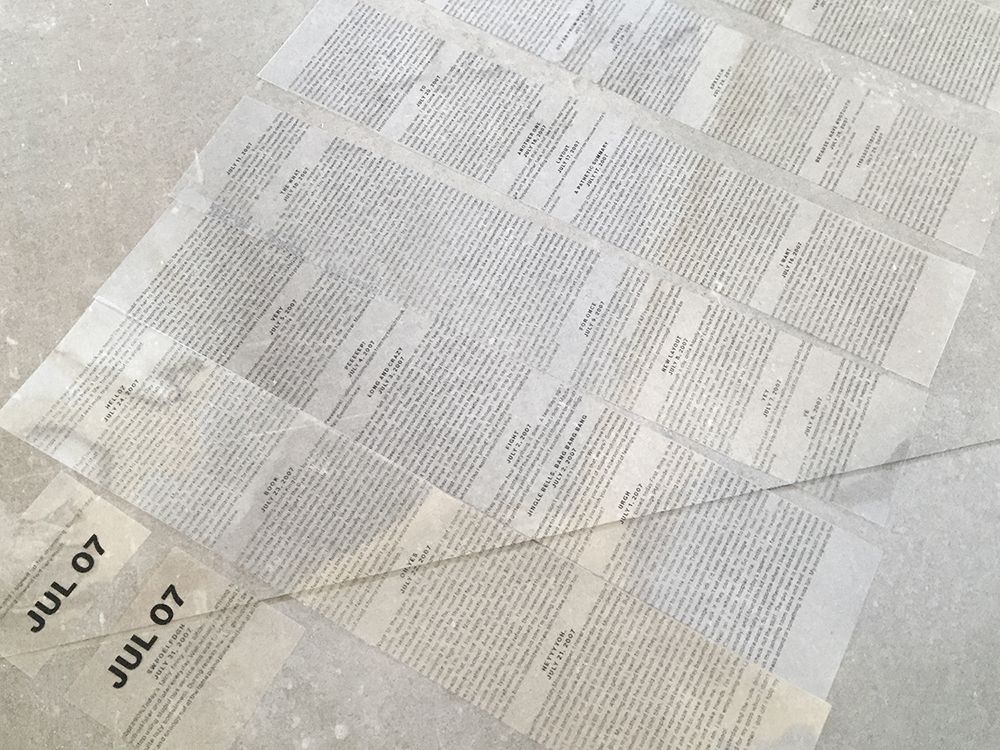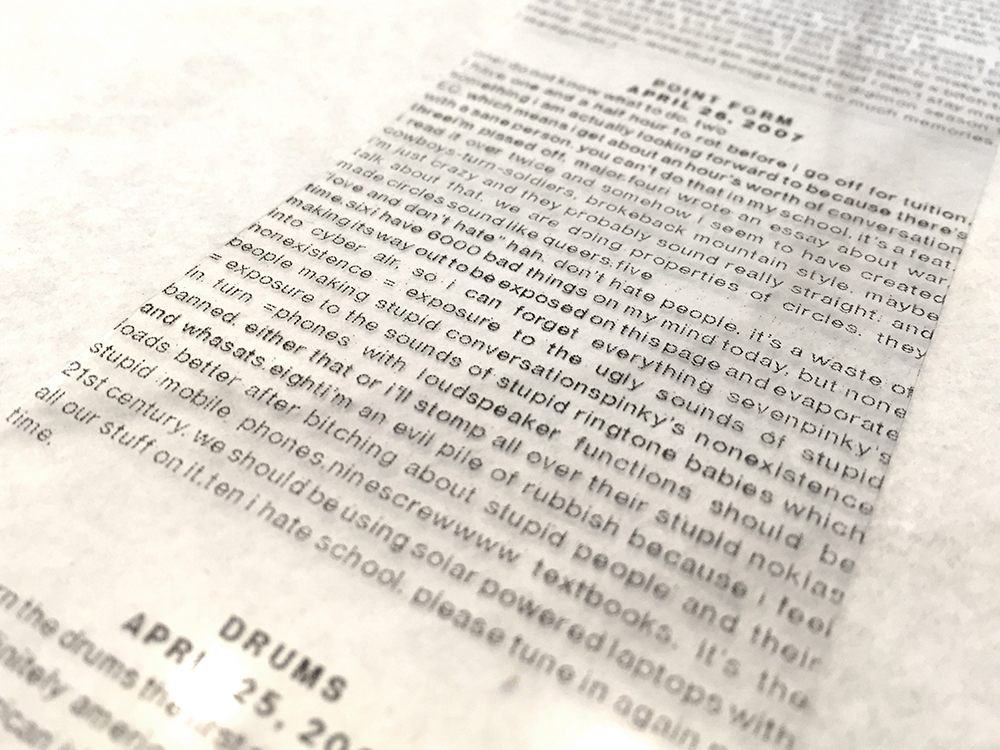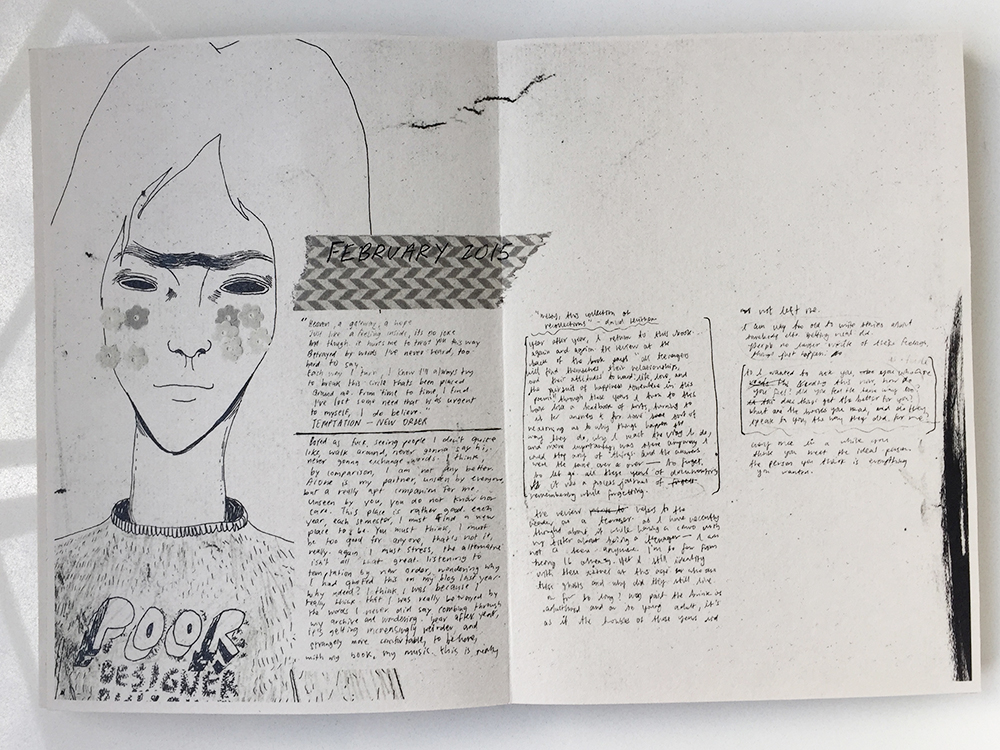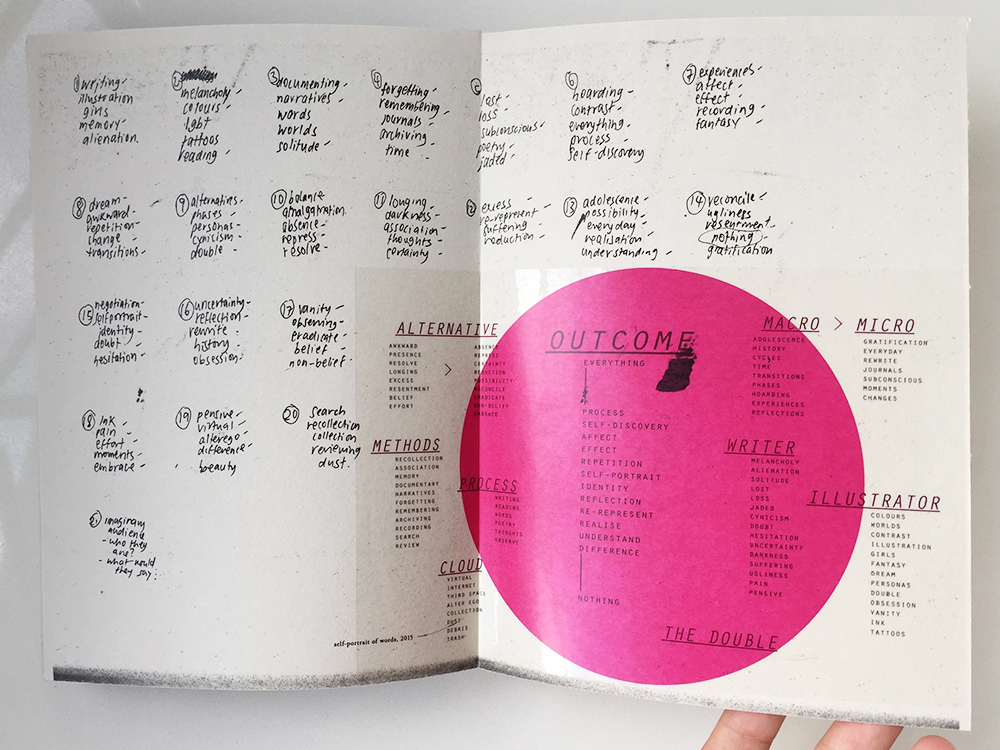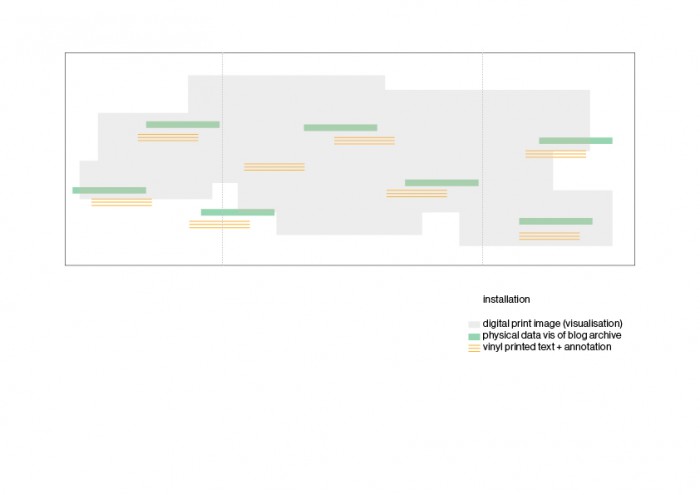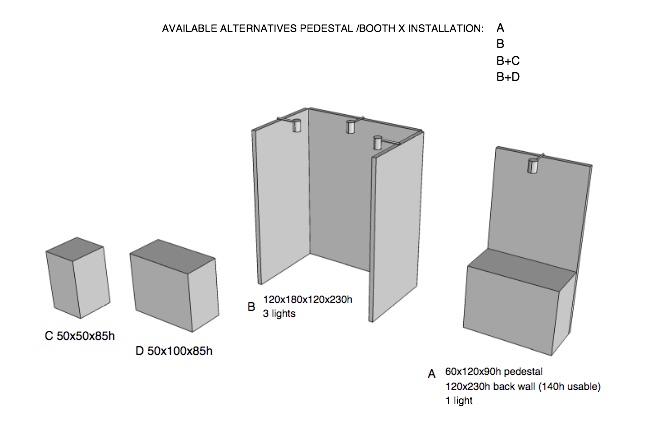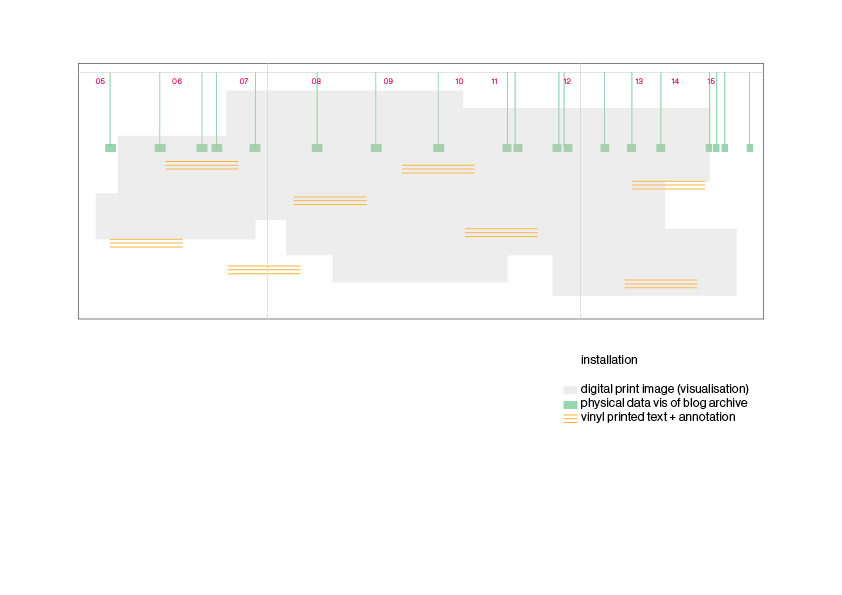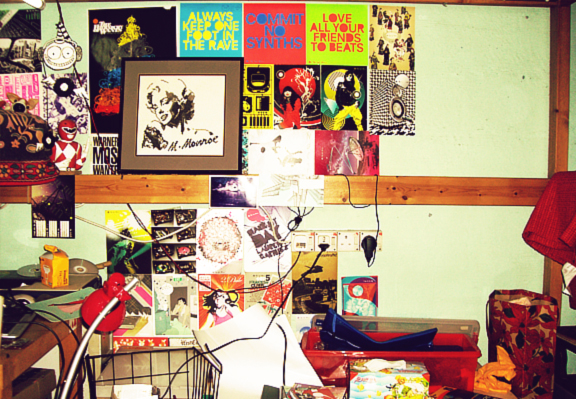
The installation space for my work should put the outcome in context. As I am working with my personal archive, I think that the best way to house the works is to build a space that centers around my own identity and practice as an individual/artist. I always tend to think that I am my work, and my work is me. It is not really meant to sound that self-absorbed, but I feel that the process and documentation of my art-making is as important (sometimes more than) as the outcome. I find a personal joy and fulfilment in making the works, and this is what makes me happy.
That sort of gave me an idea for the installation space. The following pictures are from my blog and documented my workspace throughout the years.
Workspace, 2007

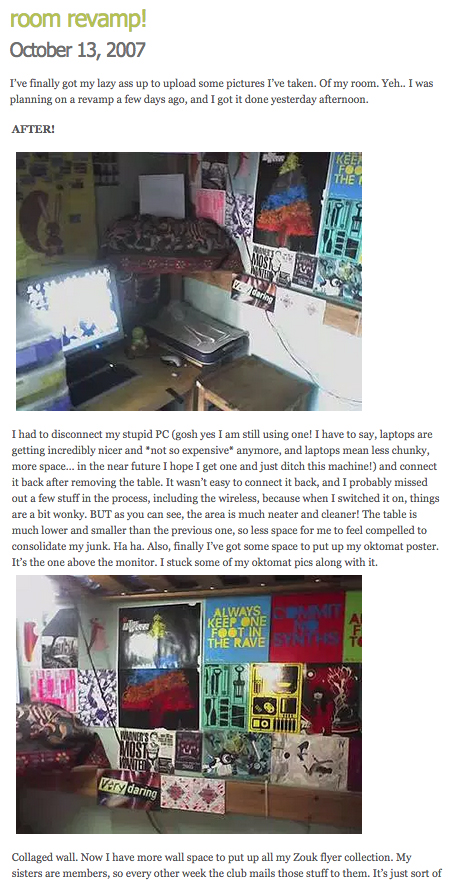
Workspace, 2009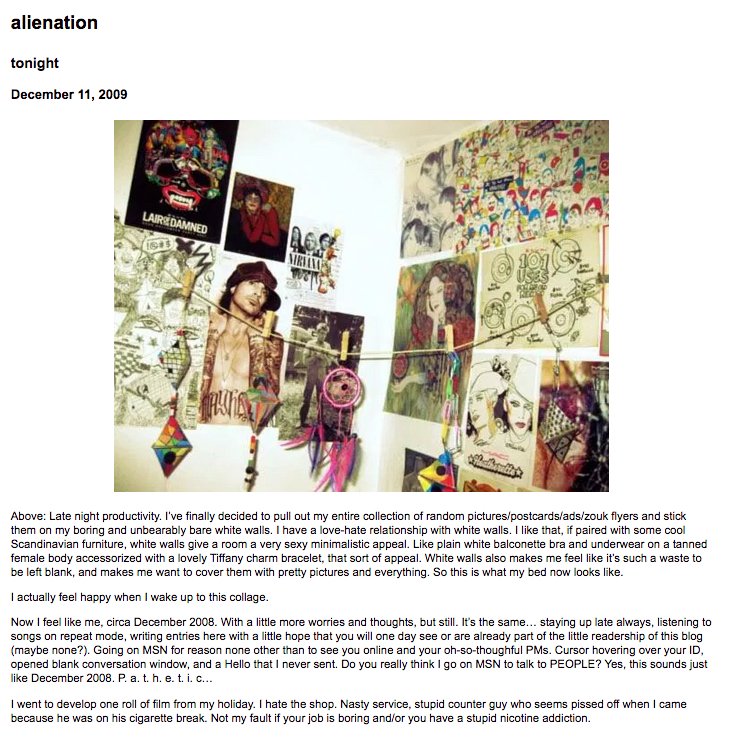
Workspace in the art room, 2010
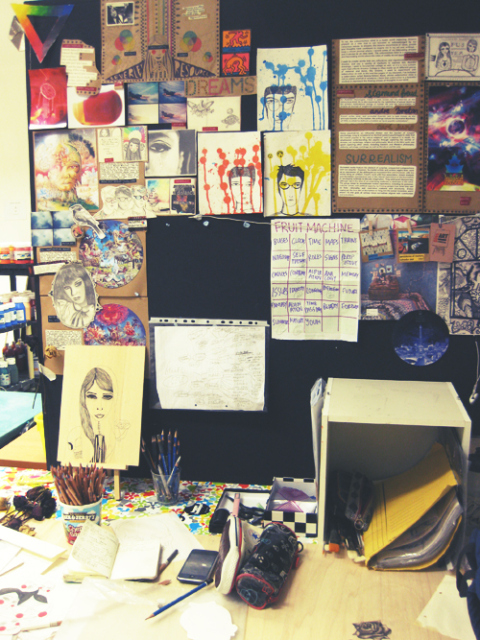
Current workspace

Having a moodboard is important. I built a visual vocabulary out of these amazing Zouk flyers that I collected as a teenager. They have inspired me so much over the years, and I would even go as far as to say that these flyer artworks influenced my direction in life. If I didn’t collect them and take them seriously, maybe I would never be interested to pursue art and do visual communication.
Found a really interesting article from The Design Society Journal, written about the impact of these flyers as an effective visual communication tool for established clubbing spot and as influential, memorable things that are part of the Singapore design scene. I thought it was quite a sweet homage to the flyers and it was nice to finally read about some of the graphic designers behind the works I loved for so long, and also to know that many other local designers share the same love for these flyers that I do.
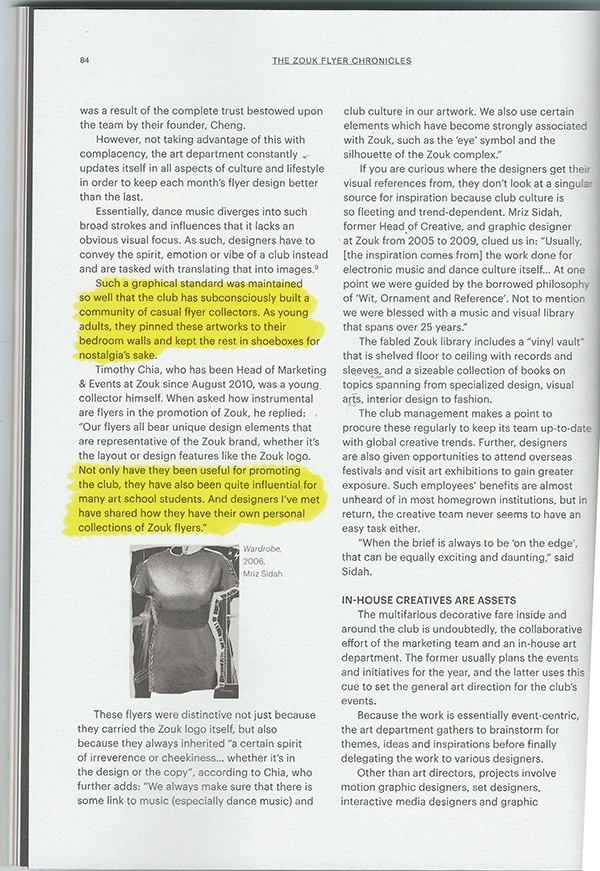
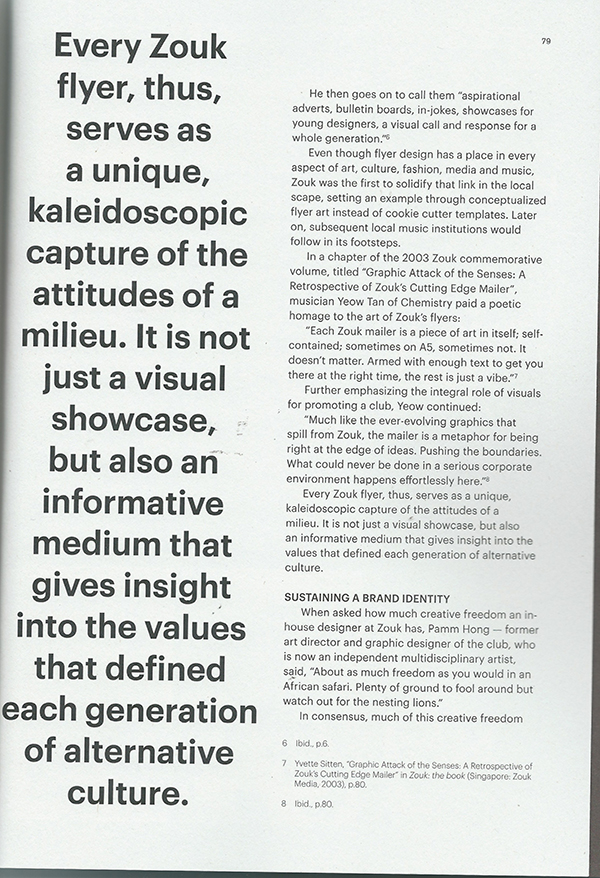
In my installation space, I don’t intend to include my collection of Zouk flyers and other print materials. I consider this a part of my archiving and art process, as they make up the bulk of my workspace and inspired me greatly. But I am thinking about how illustrating and writing can come together in my practice. So I might propose that my installation space could include a wall decal, an illustrated piece about my feelings on this.
For the display of my outcomes (print, digital…) I am thinking of using a metal rack.
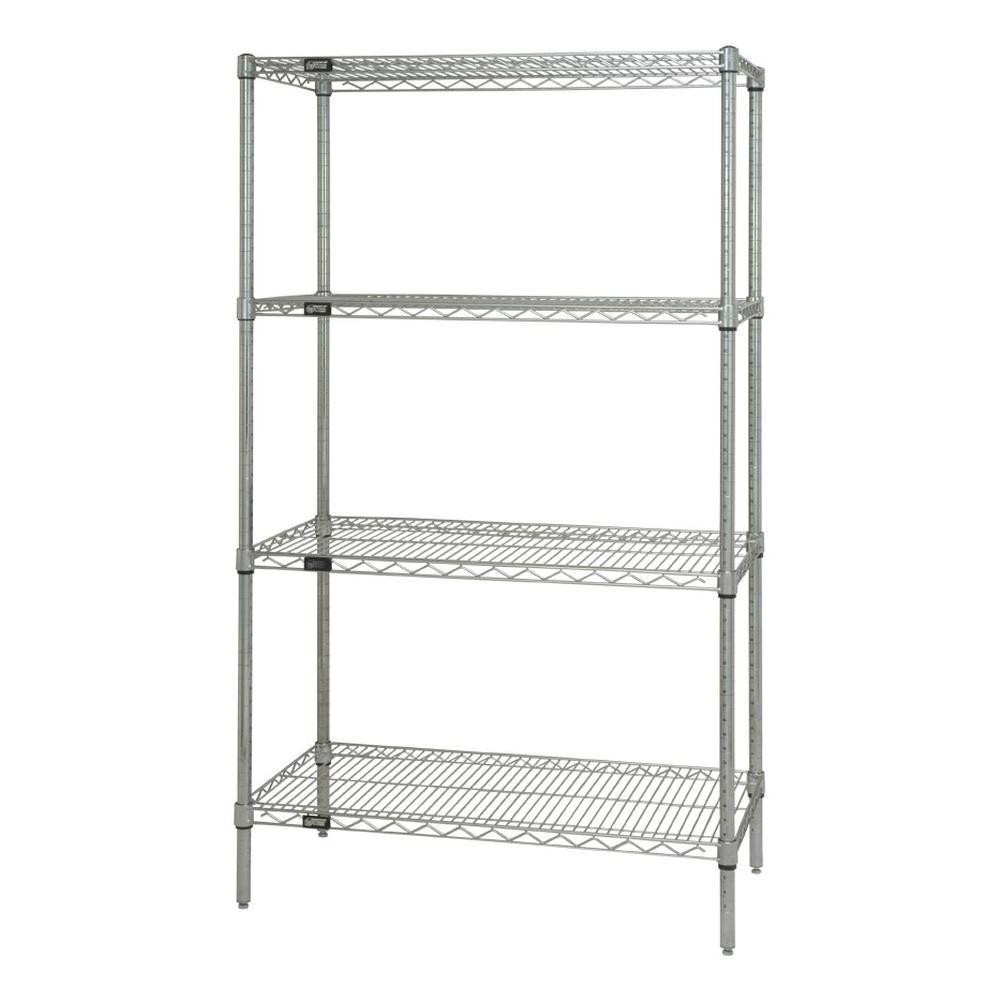
Something very generic. Depending on the outcome of my wall decal, I might change the material of the shelving to match the decal. For me, the metal rack is a symbol of the workspace. I think having a table or some pedestal is way too literal of the workspace, and honestly a bit too formal. At the same time, it is not my intention to recreate my teenage workspace or something. The FYP is important to me because it’s my last project that I will make as an art student in an institution, and I would like my outcome to reflect this idea of documentation/journey/destination, growth as a individual, and overall, a sense of maturity, I hope. Hahaha. I understand that my work do contain some teenage angst and that kind of stuff, but I want it to be kind of humorous, reflective, but I also don’t want to give the impression that this is who I will always be.
I had a conversation with my friend and we briefly made some plans about having a studio together in the future. As he is a photographer, we both agree that working with someone of a different discipline could be beneficial to our own practices. We spoke of building a library together and having a bookshelf in the middle of the studio as a representation of this collaborative way of working. Likewise, the bookshelf is a repository of resources. I think it ties in with this whole idea of archiving and documentation as well. The bookshelf also represents this idea of transition: who or what I am going to be next, and where do I see myself later on.
